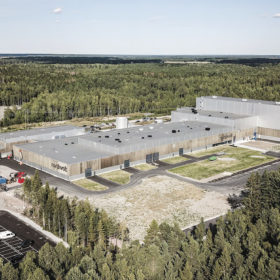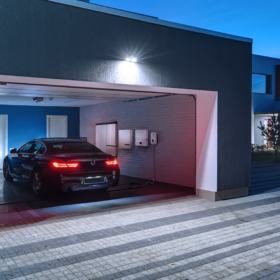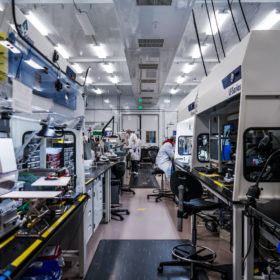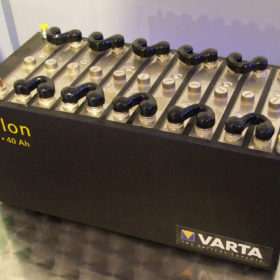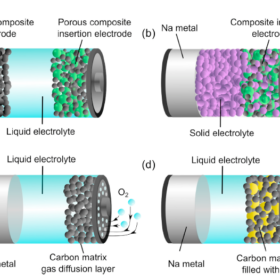Weekend read: Strategies for battery procurement
The worst effects of the pandemic may have passed but supply chain disruptions continue to be felt across the world. The effects of the war in Ukraine are also evident to all of us in our daily lives, from commodities to energy, food supply chains and beyond. The disruption in the battery energy storage system (BESS) supply chain is no different, writes Cormac O’Laoire, senior manager of market intelligence at Clean Energy Associates. Indeed, as the cost of raw materials such as lithium climbs, battery prices are being driven materially higher, on some accounts by 20% to 30%, rendering some projects uneconomical.
Test production starts at SolarEdge’s 2 GWh Korean battery cell fab
The inverter and battery manufacturer says its new Sella 2 factory will produce cells for its residential solar-plus-battery products as well as for other applications.
Fluence, QuantumScape partner on solid-state lithium-metal energy storage
The companies will collaborate on what is believed to be a first-of-its-kind attempt to incorporate QuantumScape’s solid-state lithium-metal battery technology into stationary energy storage products.
Lithium-ion vs lead-acid batteries
An international research team has conducted a techno-economical comparison between lithium-ion and lead-acid batteries for stationary energy storage and has found the former has a lower LCOE and net present cost. Through their analysis, which was performed assuming the use of the batteries in connection with a 10 kW, grid-tied PV system, the scientists concluded that lithium-ion batteries are the most viable solution.
An optimistic – but realistic – perspective for sodium batteries
International researchers have analyzed the potential of sodium-based energy storage and found recent technical advances have arrived faster than those for the lithium-ion batteries which have been studied for three decades. Issues remain, however, before sodium constitutes a complementary option to lithium.
New markets for old batteries
The increased urgency for the automotive industry to deal with the disposal of EV batteries in the mid-term future will act as a catalyst for the emerging second-life battery market, writes Abhishek Sampat, Principal Analyst at Delta-EE. Automakers, and potentially third parties, are expected to exploit new value streams and a second-life market is predicted to drive down costs for stationary energy storage, with little to no compromise in quality to the end user.
